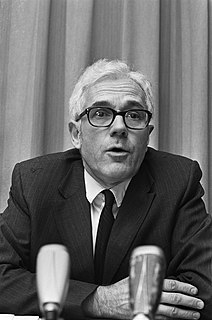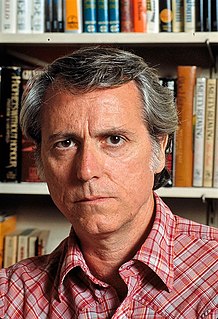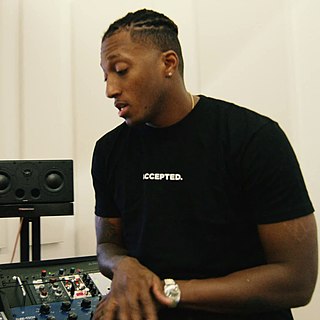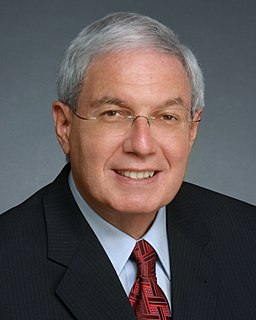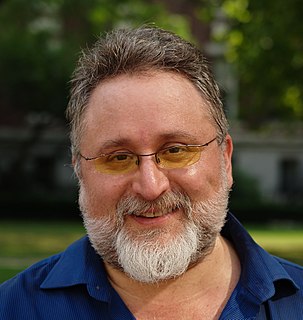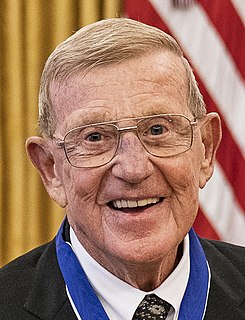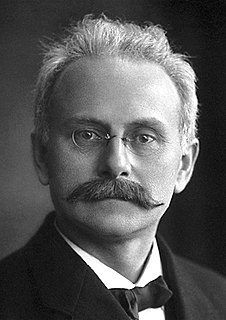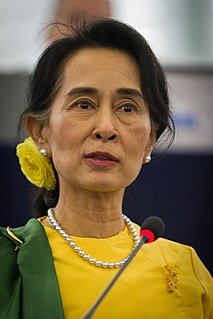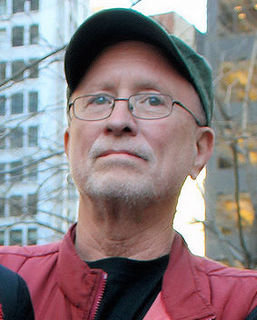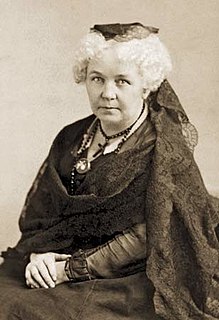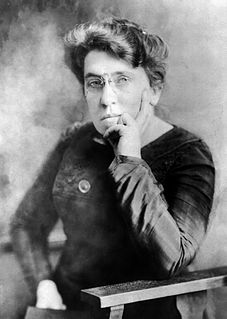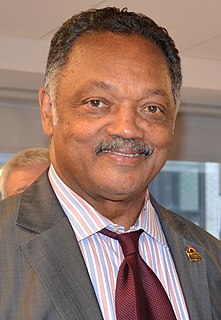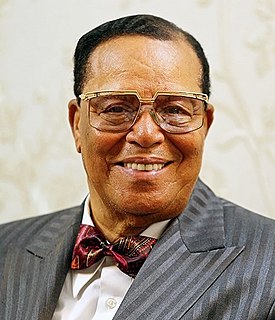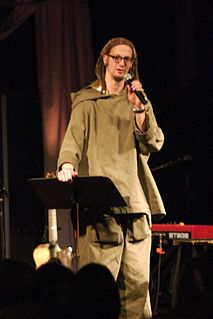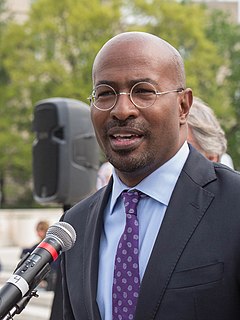A Quote by Noam Chomsky
The syntactic component of a grammar must specify, for each sentence, a deep structure that determines its semantic interpretationand a surface structure that determines its phonetic interpretation.
Quote Topics
Related Quotes
Hence, a generative grammar must be a system of rules that can iterate to generate an indefinitely large number of structures. This system of rules can be analyzed into the three major components of a generative grammar: the syntactic, phonological, and semantic components... the syntactic component of a grammar must specify, for each sentence, a deep structure that determines its semantic interpretation and a surface structure that determines its phonetic interpretation. The first of these is interpreted by the semantic component; the second, by the phonological component.
You could make a good case that the history of social life is about the history of the technology of memory. That social order and control, structure of governance, social cohesion in states or organizations larger than face-to-face society depends on the nature of the technology of memory - both how it works and what it remembers. In short, what societies value is what they memorize, and how they memorize it, and who has access to its memorized form determines the structure of power that the society represents and acts from.
In all of nature structure determines function. Yet many people consider the marathoner and football linebacker all to be just one composite human being, an athlete. The body must be used to determine its role in sport. 'My aim is to develop every individual according to his best potential, protect him from false ambition, the desire to be someone he never can be and, more important, never should be.'






